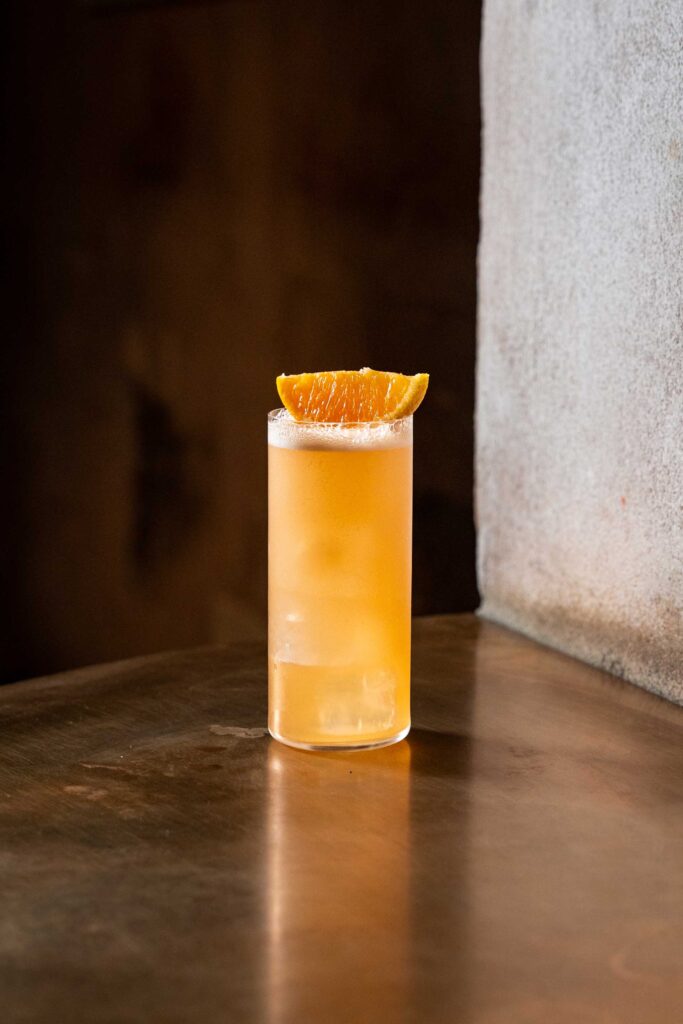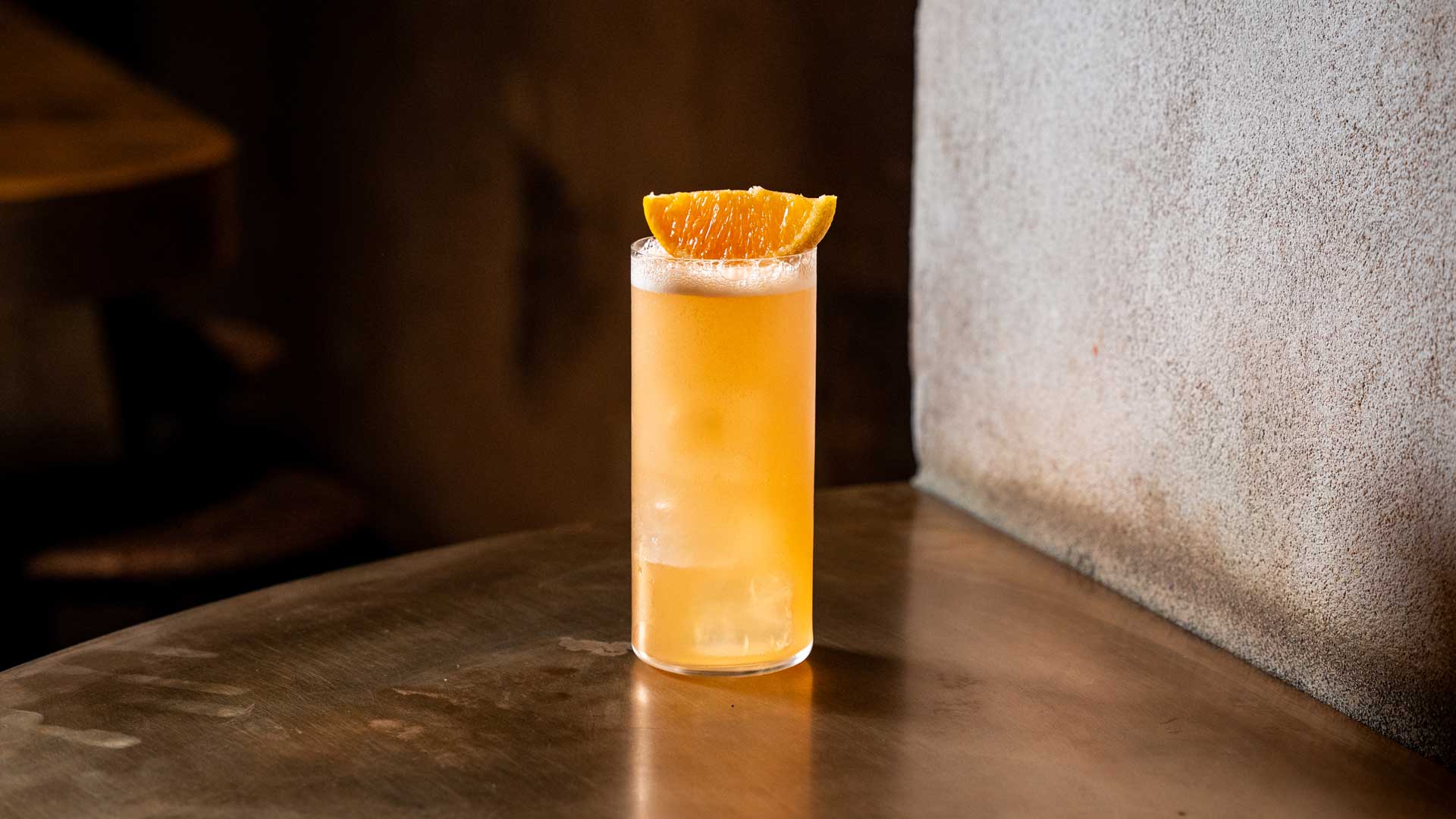The tale of the Moral Suasion is wrapped in irony, political drama, and more than a few missing details. It’s a story from the early days of American cocktails—one that likely began with a witty restaurateur (Peter Bent Brigham), a fiery temperance advocate (Dr. Charles Jewett), and a curious absence in Jerry Thomas’ How to Mix Drinks, which may well have doomed the recipe to obscurity.
Moral Suasion: A Drink with a Point to Prove
Picture the scene: Boston, 1842. Peter Brigham had just opened a new establishment, offering a menu of “fancy drinks”—cocktails more elaborate, original, and refined than those found in the average bar. Word spread quickly. Patrons were intrigued, and newspapers took notice. But so did Charles Jewett, a physician and relentless foe of alcohol, whose rhetoric would later fuel the fires of Prohibition.
Determined to investigate, Jewett visited Brigham’s bar in December 1842. After observing the crowd and the drinks being poured, he responded with a scathing editorial in the Journal of the American Temperance Union, accusing Brigham of selling moral ruin by the glass. “How can you,” he thundered, “in exchange for a few miserable coins, destroy families, hopes, health, and souls?”
Brigham Strikes Back with the Moral Suasion
Jewett’s words, dramatic and unforgiving, were meant to shame Brigham. But the bartender, with his sense of humour, answered not with an editorial—but with a new menu. It featured two additions: the Jewett’s Fancy and the Moral Suasion.
According to cocktail historian David Wondrich, Jewett’s Fancy was a thinly veiled jab, hinting that the good doctor—and perhaps others like him—might denounce spirits in public, while indulging in private. Moral Suasion, meanwhile, was a pointed parody of the abstinence movement itself. Brigham’s idea? To create a cocktail so seductive that even the staunchest moralist might abandon the cause for a proper drink.
Enter—and Exit—Jerry Thomas
Brigham’s drinks were a hit. Other bars began offering his creations, and the Moral Suasion became a minor celebrity in the world of antebellum cocktails. But here’s the problem: 19th-century journalists rarely published recipes in detail. Without measurements, ingredients, or methods, many drinks vanished as quickly as they arrived.
That’s why Jerry Thomas’ How to Mix Drinks (1862) is so vital. It was the first major publication to treat cocktail recipes with precision. But for reasons unknown, Thomas left the Moral Suasion out—effectively erasing it from the canon. No one knows why. And without his endorsement, the drink faded into near-oblivion.
The Lucky Appearance in the New York Sun
Then, serendipity. In 1873, the New York Sun published a piece titled American Fancy Drinks, documenting popular cocktails of the time. Among them: the Moral Suasion. The article credits a bartender named Edward Barry of the Everett House in New York as its creator.
Was Barry’s recipe the same one Brigham had devised? It’s hard to say. But signs suggest it was at least a descendant. Peach brandy had already been part of Brigham’s original version, and contemporary descriptions hint at overlapping ingredients. The drink may have evolved, but the spirit remained the same.
The Moral Suasion Cocktail Recipe

What follows is the version printed in the New York Sun. Experts suggest using aged cognac, substituting maraschino for the herbal liqueur if needed, and replacing sugar with honey for a softer finish.
Ingredienti
- 60 ml peach brandy
- 15 ml lemon juice
- 15 ml French herbal liqueur
- 10 ml cognac
- 5 ml curaçao
- 1 teaspoon of sugar
Method
Add all ingredients except the cognac to a shaker. Fill with ice cubes and shake vigorously. Strain into a tumbler filled with crushed ice. Float the cognac on top by pouring it over the back of a spoon.
Garnish
Strawberries, thin slices of orange, lemon, and pineapple.
Photo credits Julie Couder x Coqtail, location Dry Milano – all rights reserved







